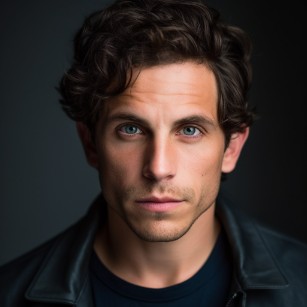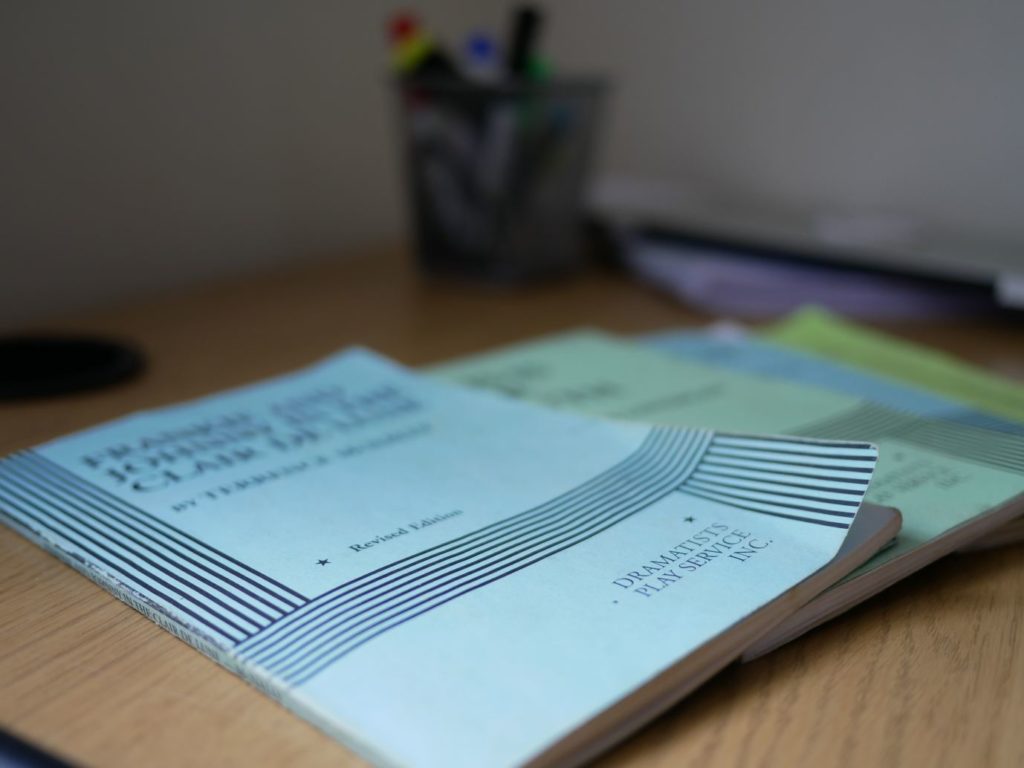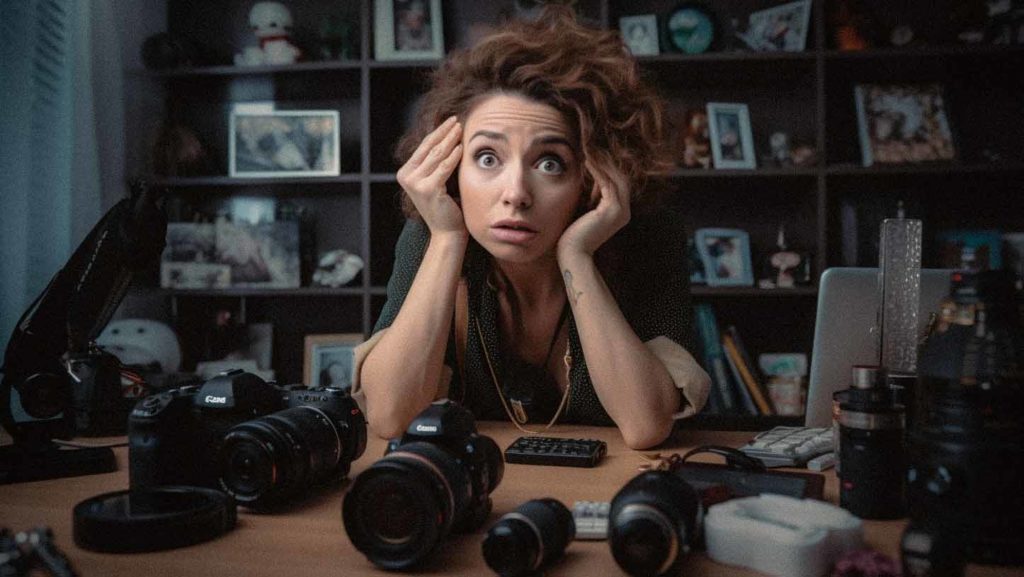Bad Acting: A Closer Look at What It Looks Like
Acting is a complex craft that requires more than just reciting lines. It’s about embodying a character, expressing emotions, and connecting with an audience. While bad acting can often be glaringly obvious, there are also subtler signs that indicate a lack of skill. In this blog post, we’ll explore the intricacies of bad acting and how it can be improved to create captivating performances.
Unveiling Subtle Signs of Bad Acting
When most people think of bad acting, they imagine over-the-top, exaggerated performances that leave viewers cringing. However, bad acting can manifest in various ways, and sometimes it’s the understated moments that reveal an actor’s weaknesses. Take the infamous line, “You are tearing me apart, Lisa,” from the cult classic film, The Room. It’s a prime example of bad acting, but not all instances are as overt.
The Power of Subtlety in Acting
A key aspect of acting on camera is conveying thoughts and emotions through subtle cues. It’s not just about delivering dialogue; it’s about thinking and reacting in the moment. The best actors understand this and excel at conveying their inner world to the audience. They go beyond the surface and immerse themselves in their character’s mindset.
Unearthing the Essence of Bad Acting
In the film The Menu, there’s a particular scene that exemplifies subtle bad acting. Ralph Fiennes delivers a monologue, and during a brief cutaway, we see Nicholas Hoult’s blank stare . Then, suddenly, the actor attempts to cry or pretend to cry, hiding his face. A skilled actor could have maintained the focus on him throughout, creating a compelling and engaging performance.
The Camera’s Role in Capturing Emotions
The camera can be a powerful tool for capturing an actor’s thoughts and emotions. Skilled actors know how to engage viewers with their facial expressions and body language. They hold the audience’s attention even when they’re not speaking, as the editor often cuts to their reactions while someone else is talking. It’s in these moments of listening and internalizing that the magic of acting truly comes alive.
The Impact of Listening in Acting
Acting is not just about the person speaking; it’s even more captivating to witness the impact of words on the listener. Instead of constantly showing the person talking, it’s more intriguing to observe the person who is listening and how they are affected. This dynamic creates a deeper connection between the audience and the characters, allowing viewers to empathize and engage with the story on a profound level.
Acting is a continuous journey of growth and exploration. By recognizing the nuances of bad acting and striving for improvement, actors can enhance their performances and captivate audiences with their authenticity. So, let’s celebrate the art of acting and the dedication it takes to breathe life into a character.



